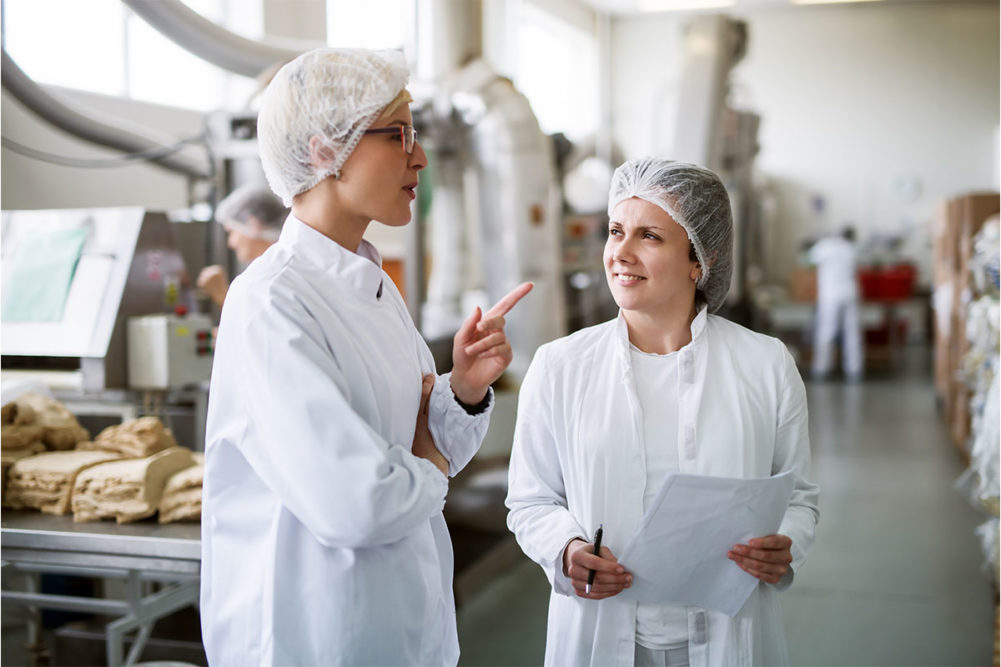KANSAS CITY — Food safety is a serious business that requires constant vigilance and ongoing training of employees. That’s because it just takes a foodborne bacteria, virus or parasite, or some type of unidentified ingredient, allergen or foreign matter contamination to prompt a recall.
The good news is that newer metal detection and X-ray technology now apply algorithms to enhance detection capability, reduce false rejects and improve efficiencies without turning down the sensitivities of the devices, noted quality assurance experts in Baking & Snack’s September issue.
Several inspection equipment companies reported they are employing new forms of artificial intelligence as well as existing data management systems to enhance inspection capabilities. Both large and small bakeries are exploring software solutions that enable them to gather and manage various sources of data and use that information to monitor, report and follow up on audits, recalls and/or quality defects in production more efficiently than in the past. Moreover, using multi-simultaneous frequencies and other technology allows bakeries to analyze their products with different lenses and better detect potential contamination without causing false rejects when deviations occur.
Remember that product inspection systems are notification devices that indicate potential hazards. Quality assurance specialists then need to ask a series of questions to make sure that the device is not pointing to a larger issue. For starters, what’s the root cause of the problem, and what’s the best corrective action to prevent that from happening again? Bakers should not only rely on these inspection devices and new software to reject potentially hazardous products, but also take the appropriate corrective measures to ensure their products are safe.





